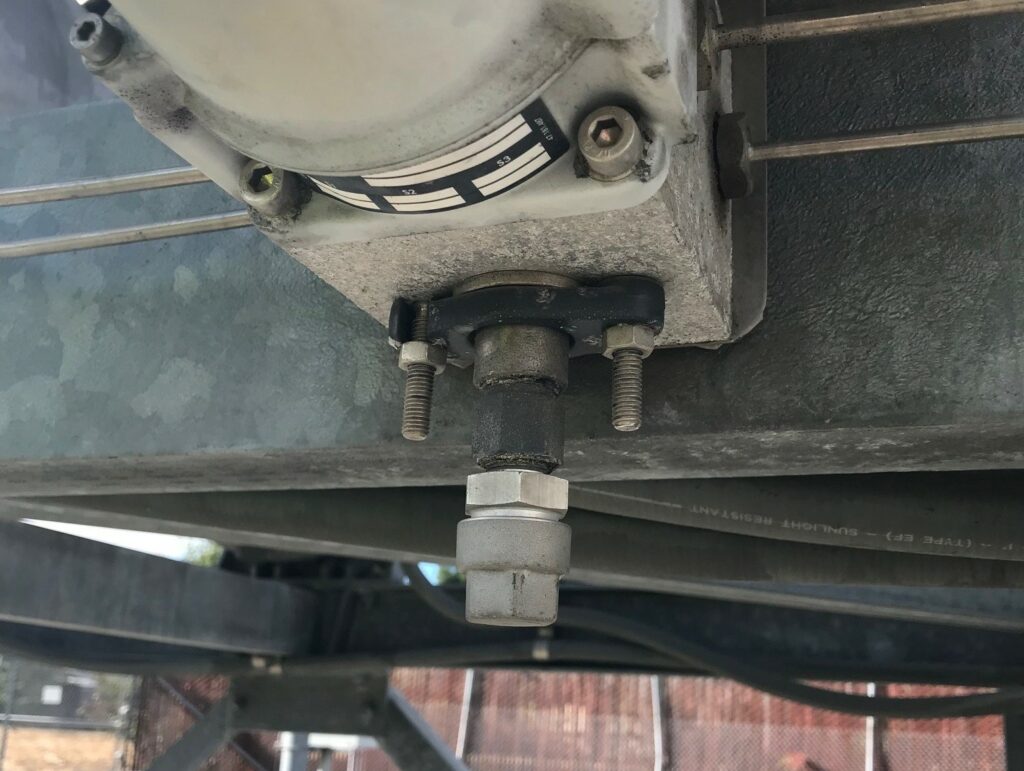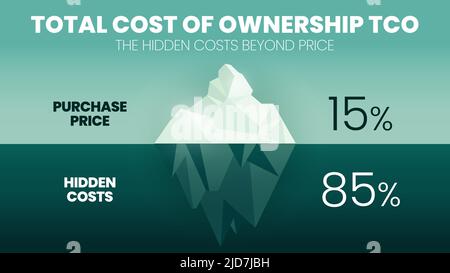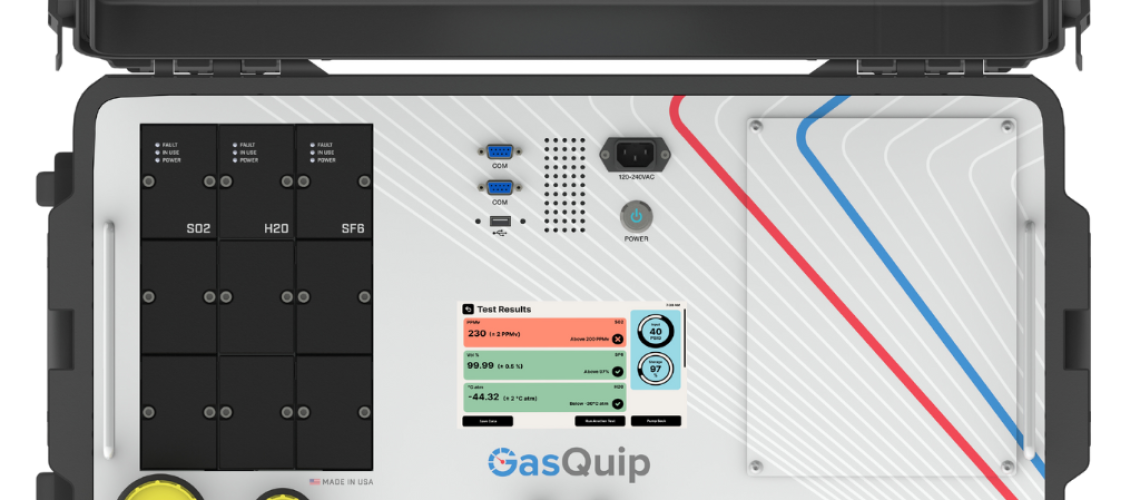What is an SF6 Gas Analyzer?
In today’s utility industry, an “SF6 Analyzer” or “SF6 Tester” can be a blanket term for many different devices. Ultimately, an SF6 Analyzer is a device that measures the impurities found within a sample of SF6 gas that’s pulled from gas-insulated equipment or gas cylinder. Scheduled measurements are vital to understanding the condition of gas insulated equipment (GIE).
#1. What Do You Need to Measure?
At a minimum, most “SF6 Gas Analyzers” will measure 3 main values: Moisture, SF6 purity, and SO2. Impurities that may also need to be monitored include (but are not limited to):
- HF
- H2S
- CO
- CF4
- N2
- Any of the new SF6 Alternative gases
In order to determine which of these gases you are required to measure, you need to look to 3 places:
- GIE equipment manufacturer recommendations
- Your companies’ policy
- Industry standards/guidelines
Each of these sources can have different requirements for which measurements you need to record, and the maximum allowable contaminant levels that can be found in each. For example, the GIE manufacturer may not list HF as a contaminant that needs to measured, but your utility requires you to.

#2. Honda or Cadillac?
Let’s assume you need a car to get from point A to point B. You could go buy a Honda for 20k, or a Cadillac for 100k. Both cars will get you there, but one is much higher quality than the other.
Most of the sensors on SF6 analyzers have similar performance, except for the humidity sensor. Many devices use a polymer or ceramic humidity sensors that have an accuracy of ±2 °C. These devices would fall under the “Honda” category. The devices that fall into the “Cadillac” category use a chilled mirror sensor that has an accuracy of ± 0.5 °C. Although much more expensive, chilled mirror sensors are not prone to drift out of specification like others.
Selection of the right sensor comes down to use. If your need is to perform a pass-fail test on switchgear, the “Honda” analyzer is most cost effective. Should your application be testing a critical asset that requires the utmost in precision and accuracy, consider the “Cadillac” to be the better choice.
Ironically, the most important factors in this equation are following proper testing and handling procedures, combined with routine maintenance. Test results are only as good as the sample provided to a properly functioning analyzer. Also, just remember, if you buy a Honda, don’t be disappointed when it doesn’t drive like a Cadillac.

#3. How Will You Transport the Device?
This question is important for two reasons –
- Most technicians are really hard on equipment, and tend to bang/drop/smash everything they can get their hands on. You need to find a device that can survive this abuse for years to come. This means that the device must be housed or packaged into a waterproof & rugged case (preferably with built-in shock absorption).
- If you plan on shipping or traveling with the device, you must consider the challenges that having a large lithium-ion battery can bring. If you aren’t well versed in the IATA & dangerous goods regulations for shipping lithium-ion packs, it can be a headache. For that reason, along with the extra weight, and dead battery issues, we designed our analyzer without a battery because most switchgear cabinets have a power outlet anyway.

#4. Total Cost of Ownership?
If you plan on having your analyzer for more than a few years, then the total cost of ownership becomes very important. Most devices require sensor calibration every 1-3 years. The following need to be taken into consideration:
- Shipping costs to send the device back to the vendor
- Cost of the new parts & calibration services
- Cost of downtime of not having your device on hand
Using a modular device eliminates shipping and downtime costs associated with standard analyzers. When calibration is needed, calibrated modules are sent to be swapped out, which can be done by anyone.

#5. Who You Gonna Call?
Inevitably, questions or issues will arise about your device. Does the manufacturer have responsive support that will help you quickly solve your problem? Or is contacting that company the bane of your existence? Definitely something to consider. If you’re like me, I expect great customer service. I also expect there to be plenty of videos & reference material readily available so I can figure it out on my own.

#6. Features: What’s Important to You?
Besides just taking a sample and measuring the gas, most analyzers have a slew of other features that may or may not be important to you. The following features are standard on most analyzers:
- Gas Pumpback
- Data Saving & Exporting
- Large Touchscreens
- Gas Collection into External Bag
- Multiple Sensor Options
Non-standard features that might be important to you:
- On Board Printer
- Wireless Connectivity
- Faster Measurements
- Modular Sensors
- Made In USA
- Hose Evacuation
- Continuous Monitoring

#7. Accessories?
Normally, additional accessories will be needed to use your device. Are these readily available from your vendor?

Check out our new SF6 Gas Analyzer that is currently under development

